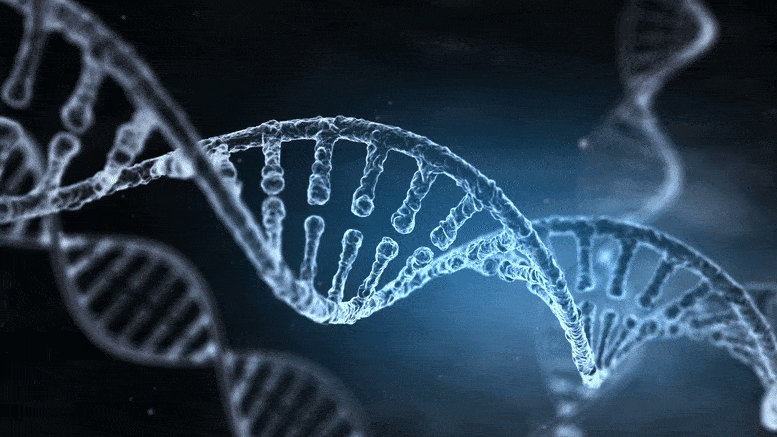Are Scientists Being Fooled by Bacteria? New Machine Learning Algorithm Reveals the Truth About DNA |
 |
| For decades, a small group of cutting-edge medical researchers have been studying a biochemical, DNA tagging system, which switches genes on or off. Many have studied it in bacteria and now some have seen signs of it in, plants, flies, and even human brain tumors. However, according to a new study by researchers at the Icahn School of Medicine at Mount Sinai, there may be a hitch: much of the evidence of its presence in higher organisms may be due to bacterial contamination, which was difficult to spot using current experimental methods. To address this, the scientists created a tailor-made gene sequencing method that relies on a new machine learning algorithm to accurately measure the source and levels of tagged DNA. This helped them distinguish bacterial DNA from that of human and other non-bacterial cells. While the results published in Science supported the idea that this system may occur naturally in non-bacterial cells, the levels were much lower than some previous studies reported and were easily skewed by bacterial contamination or current experimental methods. Experiments on human brain cancer cells produced similar results. “Pushing the boundaries of medical research can be challenging. Sometimes the ideas are so novel that we have to rethink the experimental methods we use to test them out,” said Gang Fang, PhD, Associate Professor of Genetics and Genomic Sciences at Icahn Mount Sinai. “In this study, we developed a new method for effectively measuring this DNA mark in a wide variety of species and cell types. We hope this will help scientists uncover the many roles these processes may play in evolution and human disease.” |
Feb 04th, 2022 |
| source |